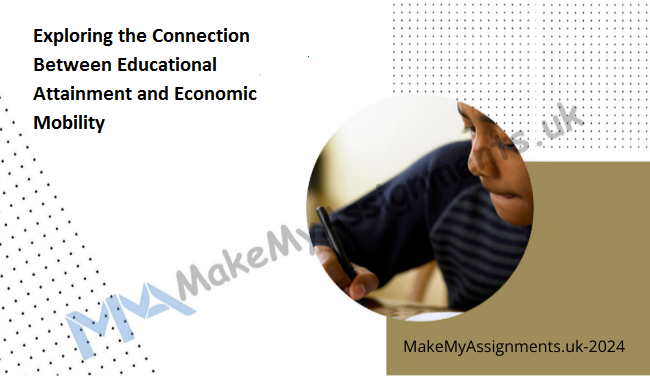In today's rapidly evolving global landscape, the pursuit of education is often regarded as a…

What is a Lesson plan and how to create one?
A lesson plan is an academic document that is used by college professors as a guide that helps them keep track of the lessons to be covered in a particular subject. This ensures that the teaching is always relevant and in an orderly manner so that students can understand the subject with ease.
A lesson plan provides a detailed outline of the lecture for the professor to refer to in each lecture to have meaningful discussions in the classroom.
What is a lesson plan and why does every teacher need it?
A lesson plan is designed to guide the instructors and help them keep their lectures organized and on track. It helps keeps the topics, their introduction, and conclusions along with the assignments in one place for easy reference and usage.
According to the definition available on Wikipedia, a lesson plan is “a teacher’s guide for running a particular lesson, including the goal i.e. what the students are supposed to learn, how this goal is to be reached which includes all the methods and procedures, as well as a means of measuring the students understanding of the lesson such as tests, assignments, worksheets, etc.”
A lesson plan is an integral element in ensuring that all the relevant topics are covered in the lectures and the students gain all the insight and information required to understand the concepts.
A well-structured lesson plan would imply that the instructor is well organized in his delivery of the lecture and can keep the students engaged and interested throughout the class hence, the students would walk away from the class having gathered new information and knowledge.
Creating a lesson plan may have several benefits, a few of which are as listed below:
- It gives a detailed outline of the agenda of the lecture to the instructor.
- It helps the instructor prepare for any possible queries that may be posed by the students during the lecture.
- When the teachers are prepared with their material, it helps reduce the possibility of any on-the-fly teaching.
- Being prepared for the lecture before the class allows the instructor to formulate new teaching methodologies and assignments and activities.
- It also allows time for researching new reference material that can be used during the class.

How can one create a lesson plan?
Once the importance of a lesson plan is realized, the next important step is to understand how to formulate a lesson plan and what should be included in it. The following steps should be followed while creating a lesson plan:
- Set up the standards for the lesson plan
The foremost important thing when beginning to create a lesson plan is to add the standards that are to be covered. This helps ensure that the lecture is well structured and maintains consistency for easy and convenient understanding by the students.
2. Make a plan of the objectives
The goals and objectives of the learnings that one wishes to convey through the lecture should be clearly defined in the lesson plan, such that the students also have a clear understanding of the importance of the different topics being covered.
3. Identify resource material that would be helpful in the lesson
To keep the students engaged and interested, it is important to make use of new and exciting study material as it aids in better learning. This can be in the form of presentations, printouts, videos, etc, and needs to be prepared beforehand.
4. Make sure to go into details
All the lessons should be described in detail, starting from the contents, objectives, materials, and procedure for delivering the lecture. Student groupings can also be included in the lesson plan itself.
5. Create assignments and activities
All the assignments and homework that are to be completed by the students should also be described in the lesson plan itself. Even the activities that are to be performed during the lecture can be discussed here. All of these act as a means of evaluating the student’s understanding of the subject topic and gauging their academic strengths and weaknesses.
6. Plan a Self-Evaluation
Along with examining and understanding the student’s understanding of the subject, it is important that the instructor also self-evaluates their delivery of the lecture, and recognizes what could have been done better, or what more information can be shared with the class to make it more effective.
7. Create notes
One should also develop the habit of creating notes for the lesson plan and adding any additional thoughts. A lesson plan should be concluded by reinforcing the learnings of the lesson, as it is useful to both students and the instructors.
If you would like any kind of guidance or assistance in developing lesson plans, you can get in contact with expert professional assignment writers by visiting our assignment help website now.



